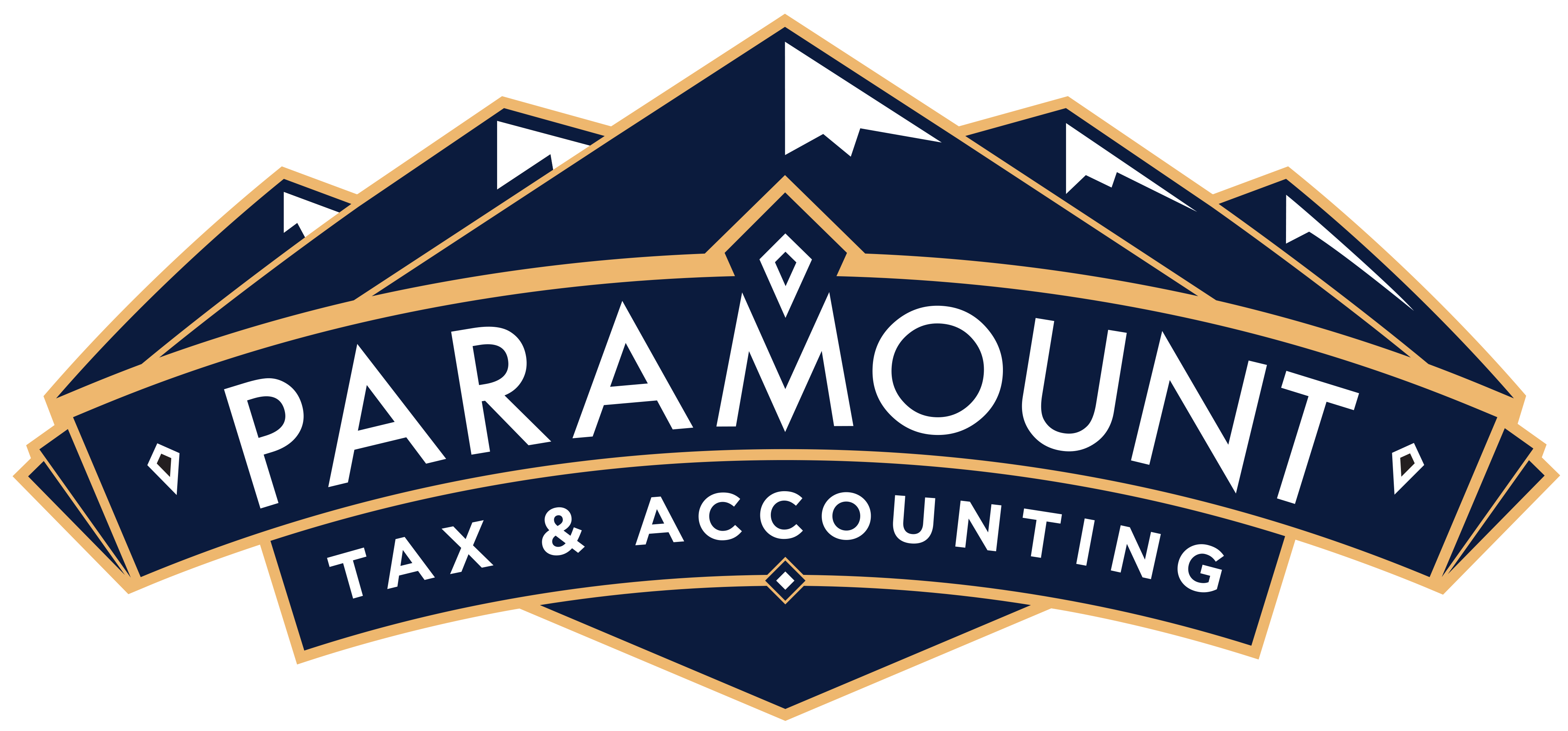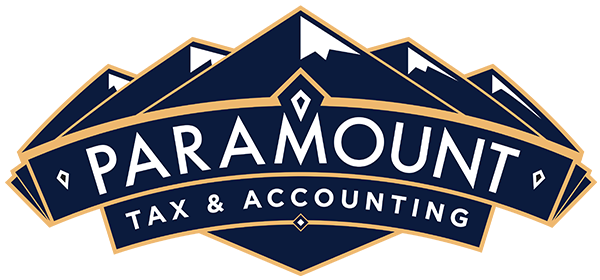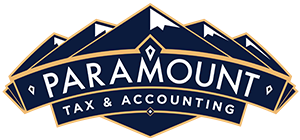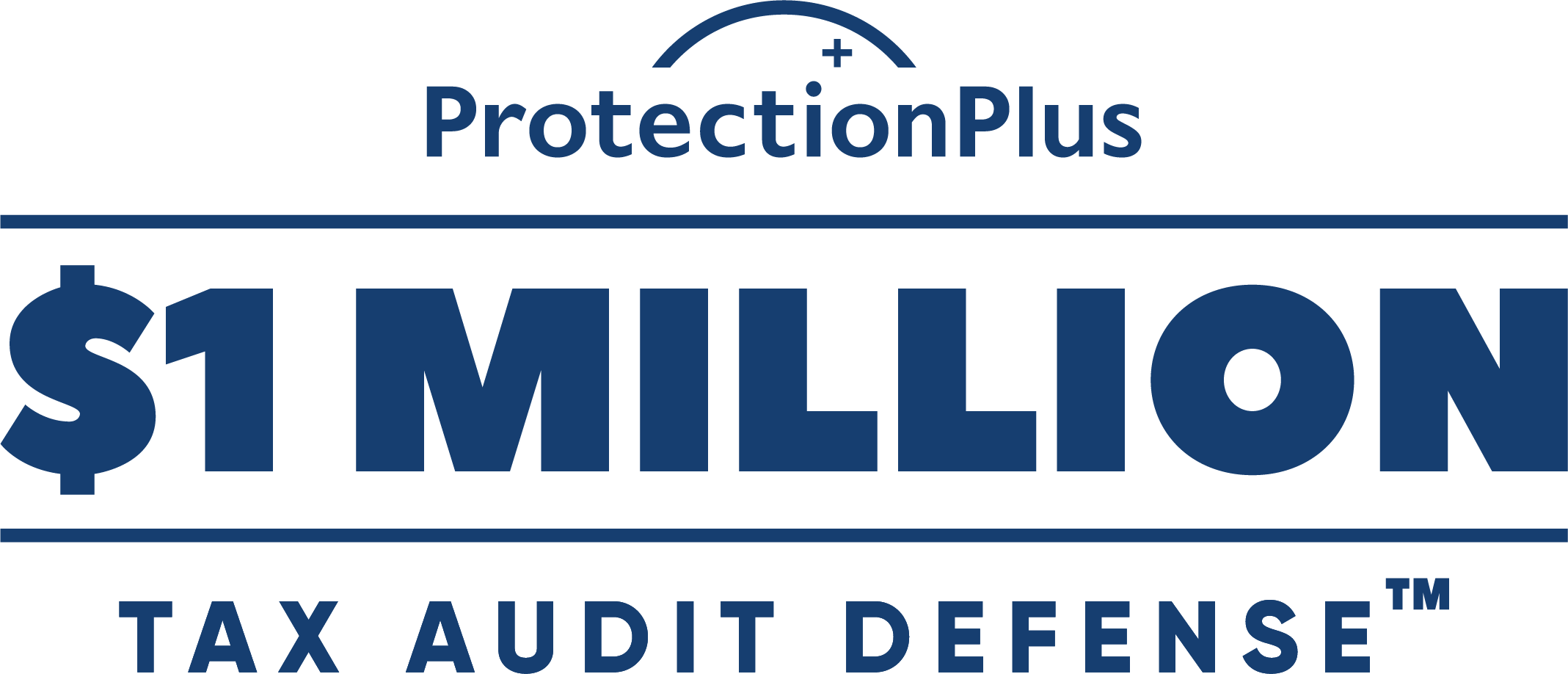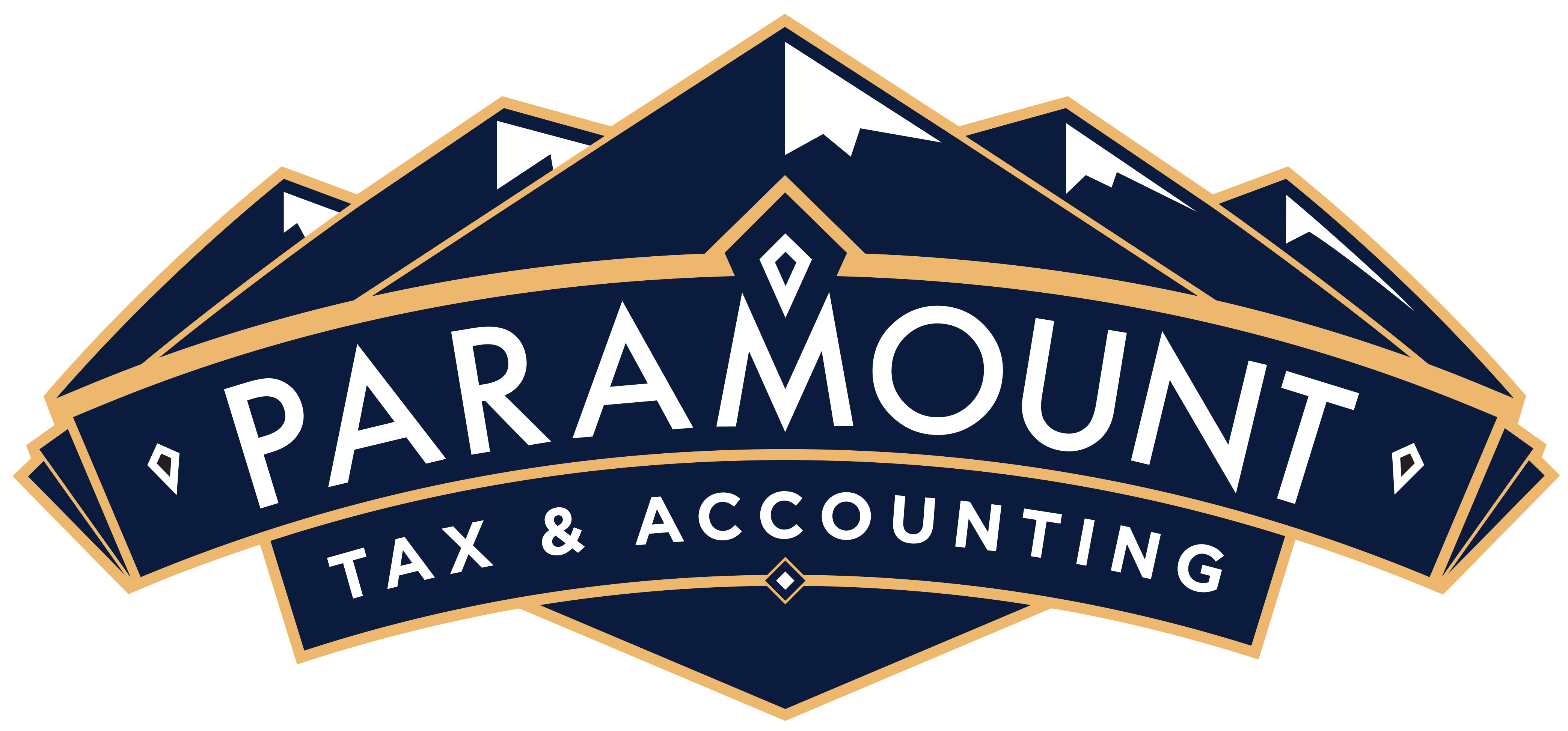Paramount Tax & Accounting Saratoga Springs Blog
Featured Articles March 2019 Saratoga Springs
Posted on Mar 1st 2019
Any accounting, business or tax advice contained in this communication, including attachments and enclosures, is not intended as a thorough, in-depth analysis of specific issues, nor a substitute for a formal opinion, nor is it sufficient to avoid tax-related penalties. If desired, we would be pleased to perform the requisite research and provide you with a detailed written analysis. Such an engagement may be the subject of a separate engagement letter that would define the scope and limits of the desired consultation services.
Featured Articles January 2019 Saratoga Springs
Posted on Jan 1st 2019
In 2019, a number of tax provisions are affected by inflation adjustments, including Health Savings Accounts, retirement contribution limits, and the foreign earned income exclusion. The tax rate structure, which ranges from 10 to 37 percent, remains similar to 2018; however, the tax-bracket thresholds increase for each filing status. Standard deductions also rise. As a reminder, personal exemptions have been eliminated through tax year 2025.
Featured Articles December 2018 Saratoga Springs
Posted on Dec 1st 2018
The Tax Cuts and Jobs Act of 2017 (TCJA) eliminated or modified numerous tax provisions starting in 2018. Here's what individuals and families need to know as they get ready for tax season, brought to you by our expert tax advisors Saratoga Springs.
Featured Articles November 2018 Saratoga Springs
Posted on Nov 1st 2018
Once again, tax planning for the year ahead presents a number of challenges, this year, primarily due to tax laws changes brought about the passage of the Tax Cuts and Jobs Act of 2018. These changes include the nearly doubling of the standard deduction, elimination of personal exemptions, and numerous itemized deductions reduced or eliminated. Let's take a closer look, brought to you by our tax services Saratoga Springs.
Featured Articles October 2018 Saratoga Springs
Posted on Oct 1st 2018
Tax withholding can be complicated, and with the passage of the Tax Cuts and Jobs Act (TCJA) legislation, it's even more so since a number of tax provisions have changed. As such, it's important to make sure the right amount of tax is withheld for your particular tax situation. Let's take a look at which taxpayers would benefit from a "paycheck checkup" right now to avoid an unexpected tax bill next year, brought to you by our small business bookkeeping Saratoga Springs experts.
